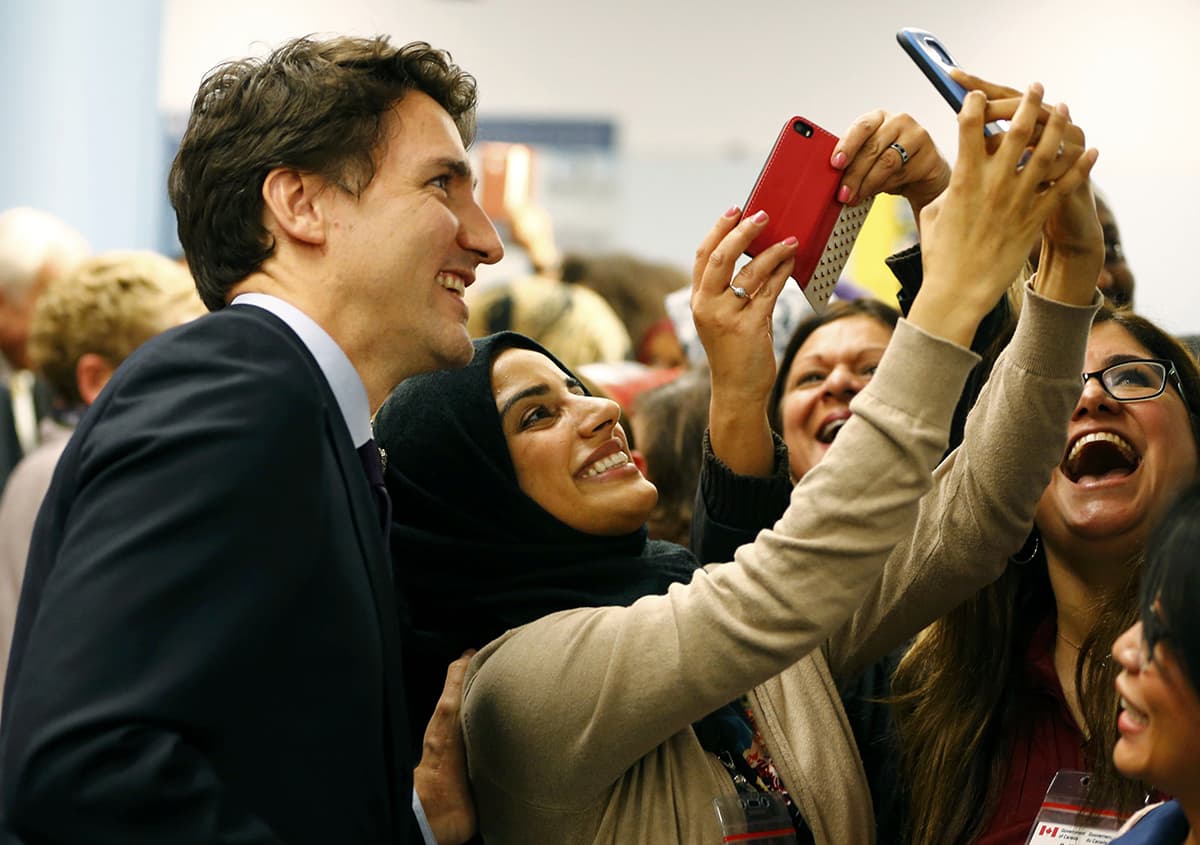In the early days of 2016, refugees have dominated the news cycle in much of the world. While in the United States, most Republican politicians seem to be arguing over the best plan to keep refugees out, up North the discussion is the opposite. Canadians are wondering why only 6,000 of the 10,000 refugees promised by Trudeau—a number already lowered from the previous 25,000 refugee target—have made it into our country.
This has largely been seen as a failure on the part of the Liberal government, either because it fell short of its pledge or because it made a promise that it knew they could not keep; however, while criticism is being levelled against the only policy of the new government that has already achieved concrete results no one seems to be talking about how the government is going to fulfill the other promises the Liberals have made: Marijuana legalization, electoral reform, and the inquiry into missing and murdered aboriginal women. The Canadian public and media must light a fire beneath the government when it fails to deliver on domestic policy in addition to any perceived shortcomings in humanitarian responses.
An earlier article for the Tribune discussed the limitations of political pledges, with specific focus on Trudeau’s pledge to admit 25,000 refugees by the end of 2015. One of the main points was that the fixation on a certain target overshadows long-term policy, policy that would perhaps be more beneficial to the cause. This same logic can be used to debunk the argument that falling short of the 10,000 refugee goal is a political breakdown that requires a response from the government. Though this is a setback, in no way should it be seen as a failure.
Of all the promises that the prime minister and the Liberal Party made during the campaign, accepting refugees is the only one that has actually had concrete results so far. Over 6,000 refugees have been accepted, and, although the timeframe for admittance has been revised, there is no sign that the government is planning on altering the substance of its refugee policy. The campaign to legalize marijuana is only in its infancy, with the two secretaries to the Minister of Justice who will handle the case only being named last month. On top of that, both election reform and an inquiry into missing and murdered aboriginal women have only been discussed vaguely. Despite this, it is the failure to meet the 10,000 refugee target that has received the most attention.
This is not to completely excuse the government from breaking its promise. The Liberal party pledged to bring 25,000 refugees by the end of 2015. Although the pledge was unrealistic, the policy has yielded results. Refugees are coming to Canada and will continue to do so in 2016. It is time to move on from the fact that not quite as many refugees got to Canada by the end of 2015 as we would have hoped. Trudeau and the Liberals made that promise as outsiders without a full understanding of the political and logistical realities that they would encounter once actually faced with bringing 25,000 refugees to Canada.
Yes, it is now 2016. No, there have not been 10,000—let alone 25,000—refugees admitted into Canada. Trudeau deserves some flak for that. But there are over 6,000 refugees of the Syrian crisis who have been brought to Canada since the new government formed, and more are on the way. Meanwhile, none of the other promises that the government made seem any closer to reality than the day they were announced. Let’s stop nitpicking the time and numbers on which the promises that the Liberals are actually starting to deliver, and begin to question them about the ones that they are not.










